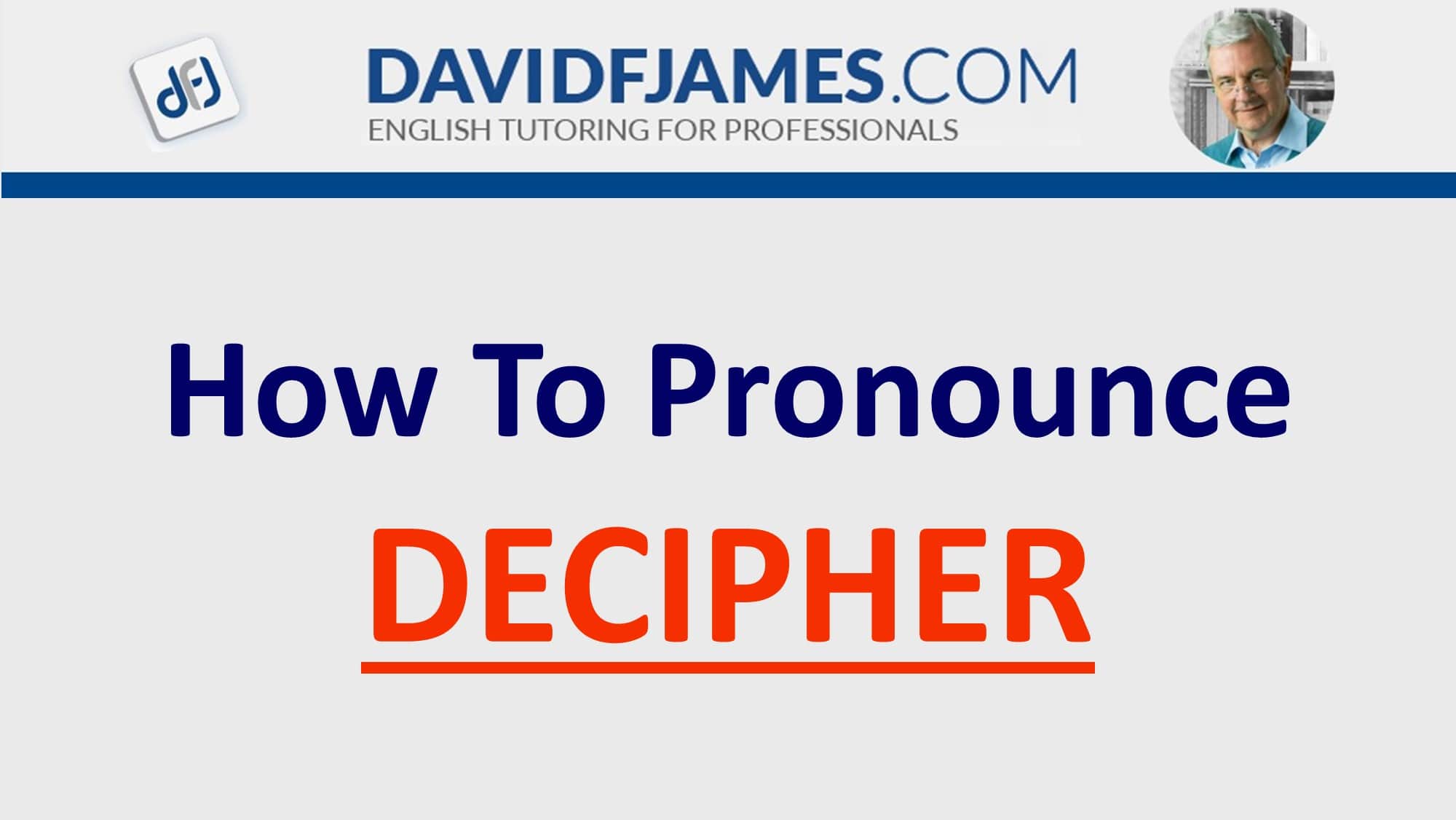FAMOUS vs INFAMOUS – What’s the Difference?
FAMOUS vs INFAMOUS – What’s the Difference?
The words FAMOUS and INFAMOUS are not what they appear to be. This video clearly explains the difference. They have one thing in common, but they also have a main difference which dictates the various contexts they can be naturally used in.
The video uses 4 pictures and sentence examples to demonstrate the difference between FAMOUS and INFAMOUS. By associating an image with a sentence example, a strong connection is made in the mind and you will see clearly how to use each of these words.
Here is a transcript of the video “What is the Difference Between FAMOUS & INFAMOUS?”
Slide 2:
What is the difference between FAMOUS & INFAMOUS?
FAMOUS
Definition: widely known, recognized by many people
Slide 3:
The picture shows Princess Diana and United States President Ronald Reagan at a function.
Sentence example: Here we see two of the most famous people in the world dancing at a White House Gala dinner, in 1985.
Slide 4:
The picture shows celebrity Kim Kardashian in the street carrying shopping bags.
Sentence example: One comedian remarked: “Isn’t it strange how people spend years trying to become famous, and then, when they are famous, wear sunglasses to avoid getting noticed!”
Slide 5:
What is the difference between FAMOUS & INFAMOUS?
INFAMOUS
Definition: Definition: famous for being bad, having a very bad reputation, notorious
Slide 6:
Sentence example: Adolf Hitler, the leader of the Nazi party, was one of the most powerful and infamous dictators of the 20th century.
Slide 7:
Sentence example: The movie Papillon (2017) tells the story of an amazing escape from the infamous Devil’s Island penal colony in French Guiana in 1941.
Slide 8:
So the words FAMOUS and INFAMOUS both mean being well-known or widely recognized.
The difference is, FAMOUS means well-known in a positive or neutral sense, whereas INFAMOUS means being famous for the wrong reasons, for something bad or evil.
Slide 9:
Has this video helped you? Hit LIKE Now!
Slide 10:
Continually IMPROVE YOUR ENGLISH by subscribing to this channel.
Hit the subscribe button . . .
Slide 11:
Click the bell icon and choose All to be notified when there are new videos!
Slide 12:
Build A Powerful English Vocabulary with my FREE course on Udemy.
Go to: http://goodenglish.online
Image Credits
Slide 3 – Diana & Reagan
Public Domain
Series: Reagan White House Photographs, 1/20/1981 – 1/20/1989Collection: White House Photographic Collection, 1/20/1981 – 1/20/1989, Public domain, via Wikimedia Commons
https://commons.wikimedia.org/wiki/File:President_Ronald_Reagan_dancing_with_Princess_Diana.jpg
Slide 4 – Kim Kardashian
Creative Commons
https://flic.kr/p/6FdyVi
Slide 6 – Adolf Hitler
Creative Commons
Bundesarchiv, Bild 183-H1216-0500-002 / CC-BY-SA 3.0, CC BY-SA 3.0 DE, via Wikimedia Commons
https://commons.wikimedia.org/wiki/File:Adolf_Hitler_colorized.jpg
Slide 7 – Papillon
Fair Use
https://www.amazon.com/Papillon-DVD/dp/B07KH8D6XF
As you are interested in FAMOUS vs INFAMOUS, be sure to check two other words which are sometimes confused:
VALUABLE vs INVALUABLE – What’s the Difference?
Regarding the use of illustrations and photographs used in this video:
Public Domain
Public domain works are not restricted by copyright and do not require a license or fee to use. Public domain status allows the user unrestricted access and unlimited creativity. These are typically very old works.
Fair Use
Section 107 of the Copyright Act provides the statutory framework for determining whether something is a fair use and identifies certain types of uses—such as criticism, comment, news reporting, teaching, scholarship, and research—as examples of activities that may qualify as fair use.
https://copyright.gov/fair-use/more-info.html
Creative Commons Attribution Licence
Others are allowed to copy, distribute, display, and perform copyrighted work – and derivative works based upon it if they give credit to the creator or source.
https://creativecommons.org/licenses/by/4.0/legalcode



